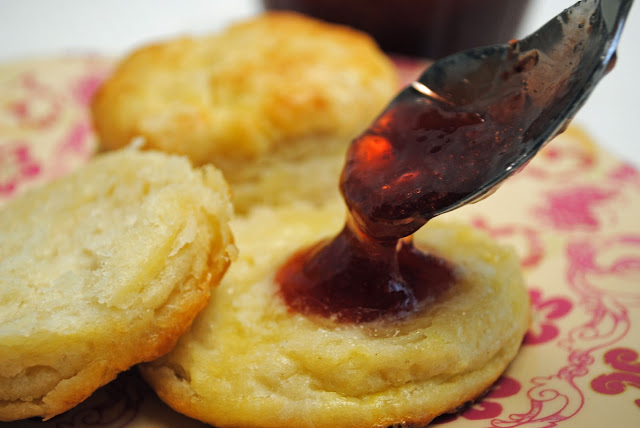
I have a terrific guest poster, my daughter, Tricia! She has been going to culinary school through the Art Institute of America and is learning to make the most wondrous things. Sometimes she saves a little bit of the food she makes and shares it with us…oh my goodness, I have been exposed to some high class cooking!
By now you have probably glanced back up at the title of this post, “Country Buttermilk Biscuits”, and are wondering how in the world country biscuits could possibly fall in the category of haute cuisine. Wait until you see the pictures. Even making beautiful, fluffy biscuits is all about technique. Tricia makes these biscuits completely by hand so that she can ‘feel’ how her ingredients are behaving. It was really fun to watch her cook. The only tricky part was trying to keep up with her. She kept working steadily and I would be taking pictures and asking questions, then I’d get momentarily distracted by one of the grandkids doing something adorable and when I’d look back I would have missed something. Dang it. Why couldn’t she stop cooking for a moment while I admired her children?
These biscuits are made with butter, no shortening. Right there you know they are going to be amazing. I had my mom over for dinner the night that Tricia made these and it is a good thing that Tricia had made a full, culinary school-sized batch because Mom devoured so many of them before dinner was served that she didn’t have room to eat anything else. She took her dinner and six more biscuits home with her.
Enjoy the step-by-step tutorial below and start making your own gourmet Country Biscuits. The recipe has been scaled down from the original, making approximately 18 biscuits instead of 36. I am giving you the approximate cup/tablespoon/teaspoon measurements and the weight measurements (in parenthesis). Weight measurements are more accurate than cup measurements because they give a more accurate amount. Cup measurements vary depending on how light or packed your ingredients are in the cup or, as with flour, the amount of moisture the product contains. So, if you have a kitchen scale, try using the weight measurements. If you do not have a kitchen scale, lightly spoon your flour into your measuring cup–no scooping or packing in the flour! ~Terri
Hi, all! Tricia here! I’m excited to share with you some of the things I’ve learned at school and through my own experiences. People always get intimidated by baking, mostly because of all the possibilities of screwing up and also partially because of all the little details that seem to be there just to make things more difficult, not because they’re necessary. At school, I’ve been learning the reason behind all those seemingly meaningless, ridiculous steps. I understand now why it’s important to have all ingredients at room temperature when doing the creaming method, or why I need to add the liquids and dry ingredients in intervals, starting and ending with the dry ingredients when making a cake. Because I understand the importance behind it, I’m not bothered by all the little tasks and I don’t try skipping or simplifying steps that otherwise seem silly. I want to share with you some of the “why’s” of baking and what better way than with biscuits! If you can make a nice, fluffy, layered biscuit, then you can make an amazing pie crust and anything else that requires the biscuit method (also known as the ‘cut-in method’)! So lets have at it!
Country Biscuits
Recipe adapted from the Culinary Art Institute of America; Demonstration by Tricia @ that’s some good cookin’
Printable Version
- 5 cups (1 lb 4 oz) all-purpose or pastry flour
- 2 teaspoons (.375 oz) salt
- 2 1/2 tablespoons (1 oz) granulated sugar
- 2 tablespoons (1 oz) baking powder
- 14 tablespoons (7 oz) unsalted butter, cold
- 1 1/2 cups (12 fl oz) buttermilk (approximately–depending on the moisture content of the flour–see tutorial below)
- 1 egg with a little bit of water, whipped with fork–this will be used as a wash for the biscuits prior to cooking
Directions
**First off, the key to a successful product using this method is making sure that EVERYTHING is chilled. If your house is warm, you can chill your bowl and dry ingredients first and/or you can place your bowl on top of another bowl filled with ice while you work.**
- Preheat oven to 425-degrees F.
- Sift the dry ingredients together, making sure they are blended thoroughly.
- Cut the cold butter lengthwise into quarters, then crosswise into large-ish cubes. Work quickly and handle the butter as little as possible. It is important for the butter to stay cool. As the cool butter cooks inside of the biscuit it forms little steam pockets that create fluffy layers.
- Put butter into bowl with flour mixture and tumble butter with the flour to coat the cubes. By hand break up butter into smaller, pea-size pieces. The mixture will be lumpy with pieces of butter. This is correct, perfect, absolutely right. Do not squeeze, squish, stir, mix, or knead the dough to incorporate the butter. You want the end product to be butter coated with flour, not flour coated with butter. It is the chunky bits of butter that will give the biscuits their flakiness.
- Add the buttermilk a little at the time, gently moving the dough around through the buttermilk after each addition until the mixture holds together well. To test for correct moisture content, gather the dough into a ball and hold it in your hands. If the ball falls apart, put it back in the bowl and add more milk, working gently to keep from over mixing the butter and flour. Over-mixing will distribute the butter too evenly into the flour and will also work the gluten in the flour too much. You don’t want a chewy, dense biscuit, you want a flaky, fluffy, buttery, delicious biscuit…trust me.
- Put the dough onto a floured countertop. By hand, press out dough to a 1/2-inch thickness. Cut into biscuits with a biscuit cutter. FYI: When cutting biscuits, press the biscuit cutter straight down. Do not twist the cutter. Twisting while cutting will seal the edges of the biscuits and prevent them from rising while cooking.
- Put the biscuits on a paper-lined baking pan. Brush tops and sides of biscuits with egg wash. Bake until the tops are light golden brown with the sides remaining almost white.
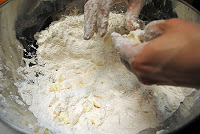
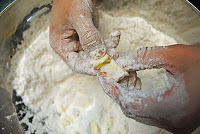

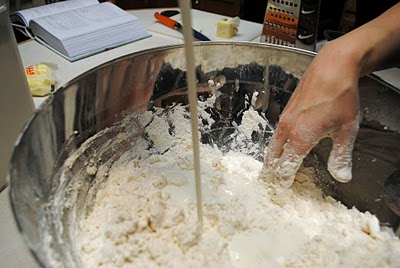
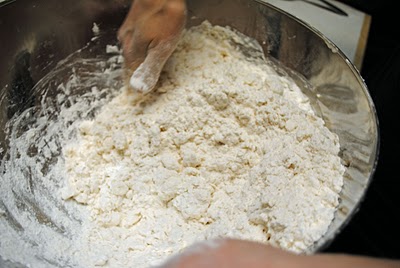
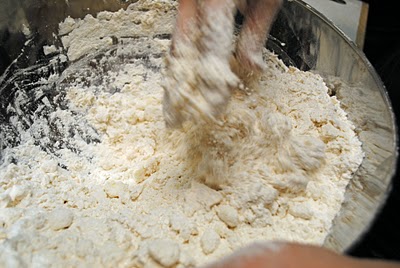
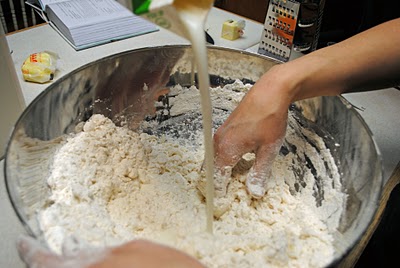
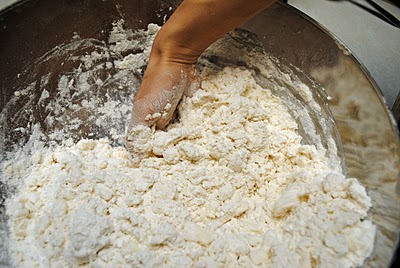
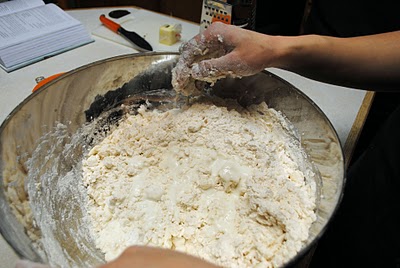
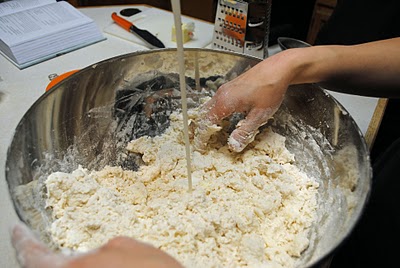
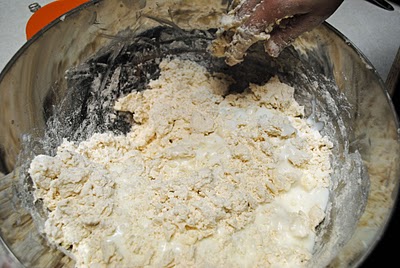
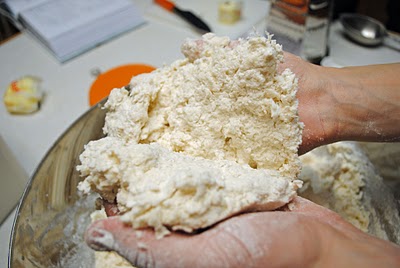
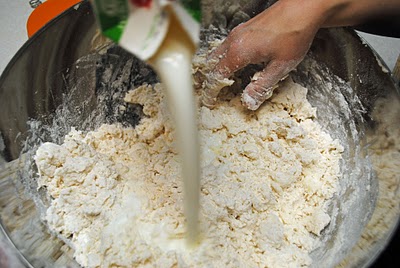

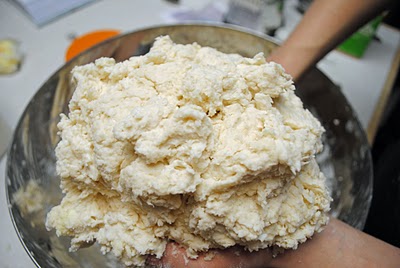

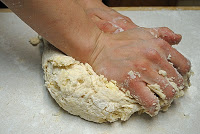
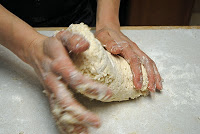
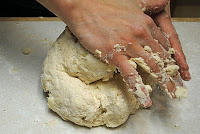
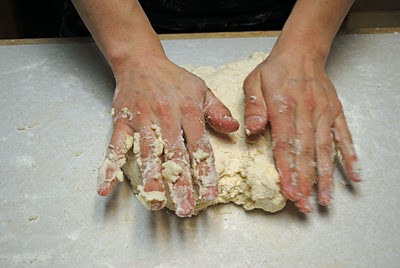
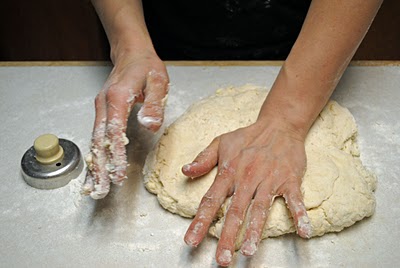
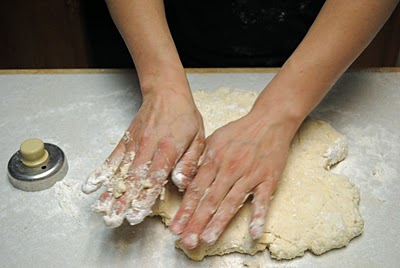
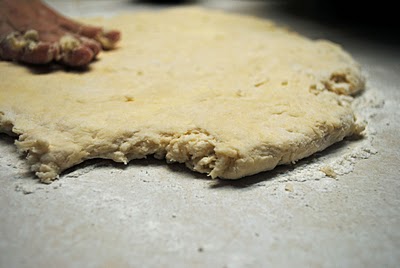
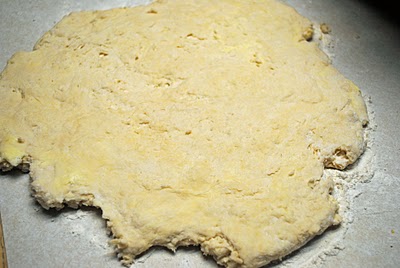
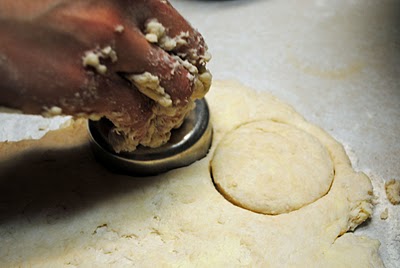
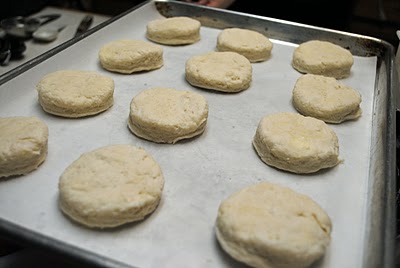
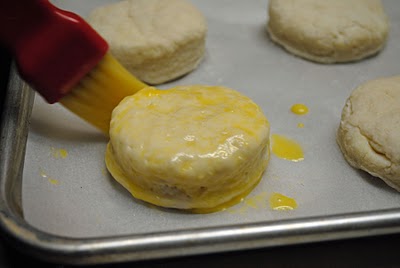
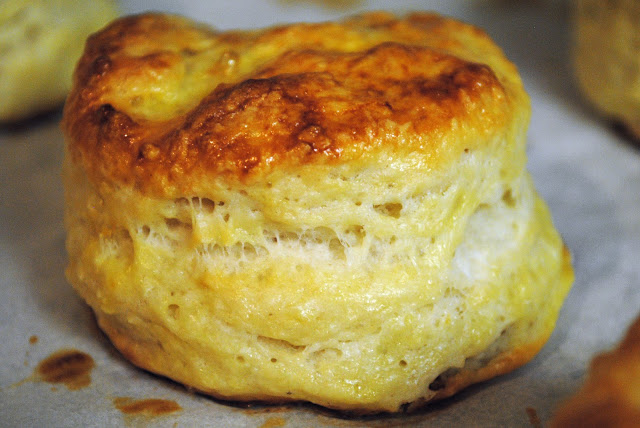

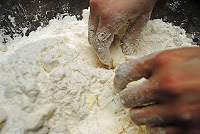
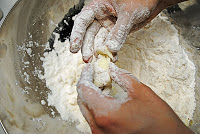
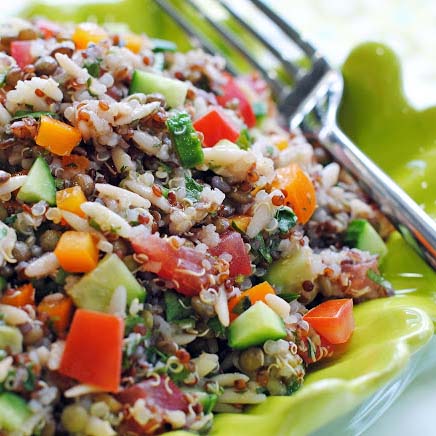
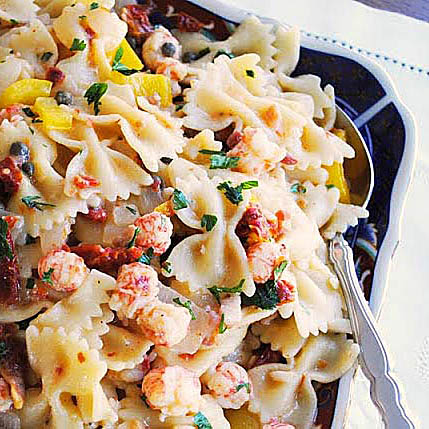
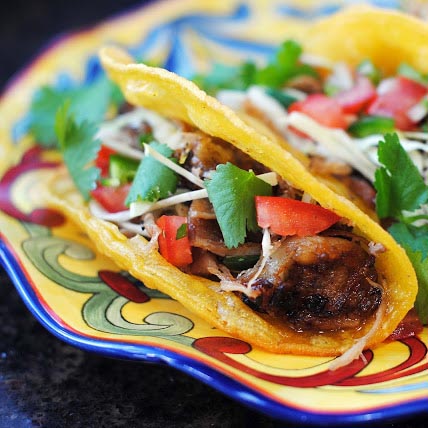
Thanks Tricia & Terri! I LOVE the science behind it! I know Jeff & I would love an artisan bread tutorial with scientific comments. Baking crusty bread is his hobby. Darn it, now I want a biscuit….